Matsusaka Beef is hailed as a “work of art in meat” among all Wagyu. Its delicate flavors shaped by exquisite marbling and its rich bouquet have long captivated discerning diners across Japan and around the world. In this ultimate guide, you’ll explore everything—from pedigree control, rearing methods, and historical background to regional culture and the artistry of the dining experience—so you can savor the full allure of Matsusaka Beef with both mind and palate.
What Is Matsusaka Beef? A Thorough Look at Its Features and Appeal
Counted among Japan’s Big Three Wagyu (Kobe, Matsusaka, and Omi), Matsusaka Beef is celebrated as a premium brand and often called a “work of art in meat,” earning acclaim in Japan and abroad (*1)(*2).
Known for its ultra-fine marbling that yields a tender texture and deep flavor, it remains so rare that even in Japan it’s not easy to come by (*3). Here, you’ll find an approachable explanation of how Matsusaka Beef is raised and managed—its bloodlines, its marbling secrets, and more.
Carefully Selected Pedigree and Rearing
Matsusaka Beef refers to virgin female Japanese Black cattle that are brought into the former 22 municipalities of the Matsusaka area in Mie Prefecture before 12 months of age and fattened there for the longest period (*4). Only cattle raised in Matsusaka and surrounding limited areas and registered in the Matsusaka Beef Individual Identification and Management System can be certified as “Matsusaka Beef” (*4)(*1).
For pedigree, motoushi (feeder calves) are selected from superior Japanese Black lines such as Tajima (*5). Calves from Hyogo’s Tajima region are especially prized for meat quality; Matsusaka producers carefully purchase top calves aged 7–8 months from all over Japan (*4)(*5). By limiting production to virgin heifers, Matsusaka maximizes the Japanese Black’s natural tenderness and propensity for fine marbling (*3).
The fattening period is also distinctive. Typical Japanese Black are shipped at an average 28–30 months (about 2 years and 4–6 months). By contrast, Matsusaka Beef is raised for 30 months or more, and Specially Designated Matsusaka Beef is reared for at least 900 days (about 42 months), which is more than half a year longer than usual (*3).
At the pinnacle of the brand, Specially Designated Matsusaka Beef uses calves from Hyogo and is raised over 900 days (*5). Long-term fattening steadily enhances meat quality and increases the ratio of unsaturated fatty acids—the core of savory flavor—according to research (*6).
Raising conditions are managed with meticulous care. The Matsusaka area benefits from a mild climate, pristine water, and the rich nature of mountain foothills—conditions historically suited to fattening cattle (*4). Producers keep barns spotless to minimize stress, cleaning bedding daily and using ventilation and fans in summer to ease heat (*4)(*7).
Feed blends typically combine local rice straw with wheat bran, soybean meal, barley, and more—balanced for nutrition and safety (*4). Some farmers brush the cattle to promote circulation and even fat distribution, raising each animal with attentive care (*4).
Farming diligence, a blessed environment, and superior genetics—together—create the singular, high-quality beef known as “Matsusaka Beef” (*3).
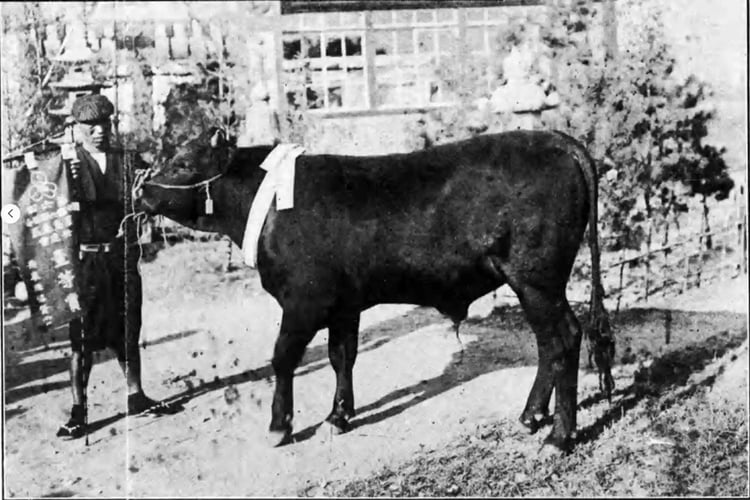
The Artistry of Marbling and Flavor
Matsusaka’s greatest allure is the beauty of its white marbling—sashi—threaded intricately through the lean (*7). Marbling (intramuscular fat) forms a mesh-like pattern between muscle fibers that looks like a dusting of frost—hence shimofuri. Matsusaka’s marbling is so fine it can be hard to distinguish by the naked eye; snowflake-like fat speckles the vivid red lean, truly earning the name “work of art” (*8).
Its flavor is equally distinctive. Fatty beef is often thought of as heavy, but Matsusaka Beef fat is remarkably elegant and mellow (*8). The secret lies in the quality of the fat: it contains a high proportion of unsaturated fatty acids (such as oleic acid) with lower melting points than saturated fat (*6).
The average melting point of Matsusaka fat is about 17 °C, softening even on your palm (*9). In your mouth, it melts instantly and spreads smoothly, creating a surprisingly light feel (*6)(*8).
Aroma is another essential element. The sweet, rich fragrance that rises when Wagyu is heated—called wagyuko—is a key part of its deliciousness (*8). Matsusaka’s wagyuko balances refined sweetness and depth; volatile compounds in the marbling bloom with heat into notes sometimes likened to vanilla or nuts (*8).
In Japan’s carcass trading, the Japan Meat Grading Association assigns yield grades (A–C) and quality grades (1–5). Matsusaka Beef often earns top-level ratings across the board (*10).
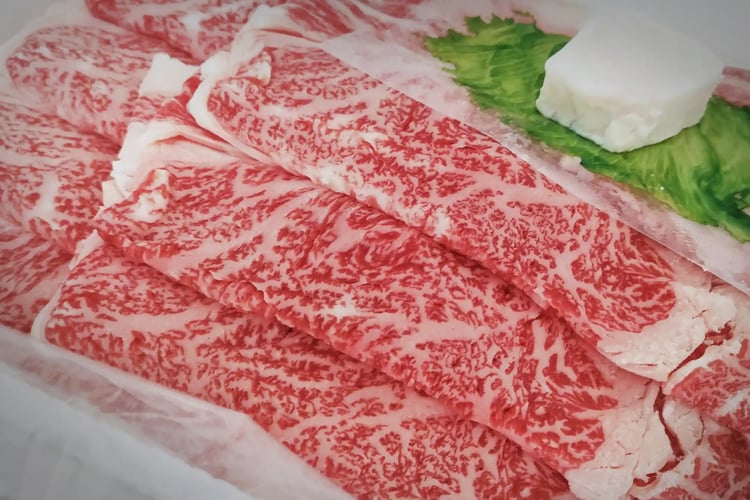
How It Differs from Other Wagyu: Comparing with Kobe and Omi
Japan is home to hundreds of Wagyu brands; among them, Kobe and Omi stand with Matsusaka as the Big Three, each with history and name recognition. Their production areas, definitions, and standards follow distinct rules, and their branding approaches differ as well. Comparing Kobe and Omi clarifies what sets Matsusaka apart.
Brand Criteria and Regional Identity
Matsusaka’s definition can be summarized as “Mie Prefecture (Matsusaka area) × virgin heifer × bloodline not specified × grading not specified.” Kobe Beef (Kobe Beef/“Kobe-gyu”), by contrast, must be a Tajima cow (virgin heifer or castrated bull) raised in Hyogo Prefecture, meeting strict criteria such as carcass grades A4/B4 or higher and BMS No.6 or higher (*11). Omi Beef is Japanese Black raised the longest in Shiga Prefecture; pedigree is not specified and—except for designated cattle—grading conditions are not restricted (*12).
Historically, Kobe rose to fame in the late Edo and Meiji eras through demand in foreign settlements, gaining exceptional international recognition. Matsusaka spread nationwide via word of mouth from Ise pilgrims and Tokyo’s “gyunabe” (beef hotpot) boom. Omi boasts records of presentation to shoguns in the Edo period and is sometimes called Japan’s oldest branded beef (*2)(*12).

Price Ranges and How to Buy
With only a few thousand head shipped annually, Matsusaka Beef—especially A5 or Specially Designated—can reach several thousand yen per 100 g (*13). When buying from long-established butchers online or at department stores, choose products with certificates and individual ID numbers for safety (*1).
Exports began in earnest around 2022, but volumes remain small, so encountering genuine Matsusaka Beef overseas is still rare.
Matsusaka Beef: A Regional Culture Nurtured by History—and an Artistic Dining Experience
The Path of Matsusaka Beef Through History and Local Culture
The Evolution of Wagyu Culture Since the Edo Period
Wagyu culture in the Matsusaka area of Mie dates back to the Edo period. Influenced by Buddhist teachings, eating beef was not common then. Farmers in Matsusaka kept cattle as yakugyu—working animals for plowing fields and transporting goods.
Small, gentle heifers from Hyogo’s Tajima region were especially valued. Brought into Matsusaka via Kishu (Wakayama), these cows were raised like family as laborers in the fields (*1). Over several years, they naturally grew plump into “futogyu” (literally “fat cattle”). By the late Edo period, such animals began to be traded as high-quality beef cattle in the Kansai region (*1).
Up to the closing days of the shogunate, taboos against meat persisted, so some cattle fattened in Matsusaka reportedly became meat for foreign settlements in places like Kobe. After the Meiji Restoration, however, Westernization transformed Japanese diets.
Once beef eating was permitted in the Meiji era, cattle from Matsusaka gradually gained a reputation for excellence under the name “Ise Beef.” Visionary figures emerged: in the mid-Meiji period, cattle trader Yamaji Tokusaburo famously walked dozens of (then-called) Ise cattle all the way to Tokyo to open direct sales channels (*2). Matsuda Kinbee, who learned meat-cutting techniques in Tokyo, returned to Matsusaka to found the butcher shop WADAKIN and adopted a policy of purchasing only top-quality meat at high prices (*2).
Thanks to these pioneers—and the local farmers’ efforts to improve fattening techniques—Matsusaka laid the foundation for a brand from the late Meiji through the Taisho era. Located on the pilgrimage route to Ise Grand Shrine, Matsusaka saw many pilgrims stop by in the Taisho to early Showa eras to taste beef hotpot at storied restaurants like WADAKIN and Gyugin.
Leaders from politics and the arts dined there and wrote about it in magazines, spreading the name “Matsusaka Beef” nationwide (*3). The decisive moment came in 1935, when a heifer from Matsusaka won the top prize at the National Meat Livestock Expo in Tokyo’s Shibaura—the first nationwide beef contest—cementing Matsusaka’s status as a premier Wagyu brand (*3).
After the war, the distribution name moved from “Ise Beef” to “Matsusaka Beef,” and the legacy has continued to the present day as a cherished cultural asset.

Local Craftsmanship and Festivals
Behind Matsusaka Beef’s excellence stands the craftsmanship of local farmers passed down for generations. Producers in the region carefully raise selected calves for 900 days (about two and a half years) or more (*1)(*4).
They closely monitor each animal’s health and refine feed blends of rice straw, wheat bran, soybean meal, and grains. To keep appetite steady in summer, some even give a little beer, and they may massage cattle with shochu—unique care methods paired with abundant affection that keep animals stress-free (*4).
Locals say farmers tend water and feed with a quiet wish—“become delicious”—and that unwavering devotion is the secret behind the ultra-fine marbling (*5). These cattlemen are true takumi—masters whose time-honored techniques support the artful taste of Matsusaka Beef.
Each autumn, the community celebrates this achievement at the “Matsusaka Beef Festival.” Held at Matsusaka Agricultural Park Bell Farm, the centerpiece is the Matsusaka Beef Cattle Show, where roughly 50 Specially Designated Matsusaka heifers—winners of preliminary rounds—gather (*6).
After the “Queen of Matsusaka Beef” (the top animal) is chosen, an auction follows. Record prices have reached 50 million yen, drawing intense attention from across Japan and beyond.
The event brims with stalls selling local produce and processed foods, plus booths serving sukiyaki and yakiniku with Matsusaka Beef. It’s a festive celebration where producers and visitors meet, sharing pride in the regional culture that has grown around Matsusaka Beef.
%20in%20Matsusaka%20City.webp?width=750&height=500&name=Gosh%C5%8Dban%20Yashiki%20(Former%20Samurai%20Residences)%20in%20Matsusaka%20City.webp)
An Artistic Dining Experience
Creative Presentations by Chefs
With marbling so beautiful it’s often called a “work of art,” each slice of Matsusaka can look like marble inlay (*7). Chefs honor this extraordinary ingredient with inspired techniques and plating that draw out its character.
For example, a lightly seared carpaccio-style plate featuring a lean-forward cut, paired with vibrant local vegetables and mountain greens, fuses French methods with Japanese produce for a modern composition (*8). The contrast between concentrated lean and delicate marbling delights the eye as much as the palate—truly edible art.
In traditional Japanese dining, Matsusaka shines just as brightly. At century-old beef-hotpot houses, sukiyaki and grilled courses are served in refined, course-style progression with beautiful tableware and decor. The union of soy sauce and dashi aromas with the beef’s sweet fat makes for an immersive, multi-sensory experience.
From formal kaiseki dishes to casual creative plates, each chef approaches the “canvas” of Matsusaka Beef with a distinct philosophy and aesthetic to express its depth.
Gastronomy Tours and Community Encounters
Gastronomy tourism centered on Matsusaka Beef has flourished in recent years. The aim is not only to savor a high-end ingredient but to experience the culture and community that nurtured it.
In Matsusaka City, you’ll find accessible food experiences—from cooking classes at Matsusaka Agricultural Park Bell Farm using local produce and Matsusaka Beef, to making regional favorites like shigureni (sweet-simmered beef) or beef miso, and even seasonal wagashi classes (reservations required) (*9).
There’s also a playful pizza-making workshop featuring Matsusaka Beef as a topping: you’ll make the dough and build your pizza yourself, then enjoy a quick quiz on Matsusaka trivia while it bakes. For families, hands-on cooking sparks wonder and doubles as food education, nurturing kids’ curiosity about local ingredients.
Community-focused, tour-style programs also connect visitors with residents and producers. For instance, culture tours for international travelers might include strolling the castle town dressed in traditional Matsusaka cotton kimono and joining a handweaving workshop guided by artisans (*10).
Working the loom in historic streets becomes a captivating first encounter with local craft. Afterward, you’ll share dishes made with farm-direct Matsusaka Beef alongside locals.
At a Matsusaka-style sukiyaki dinner, the beef is first seared with sugar and soy sauce, then vegetables are cooked in the rich pan juices—an approach that surprises newcomers with its depth (*11). Learning the “proper” way directly from locals, you’ll taste the place itself and forge connections that transcend language.
Through gastronomy tours, you don’t just appreciate the artistry of Matsusaka Beef and the culture that raised it—you feel the warmth of local hospitality. For culture-seeking explorers, this is both intellectually satisfying and emotionally resonant.
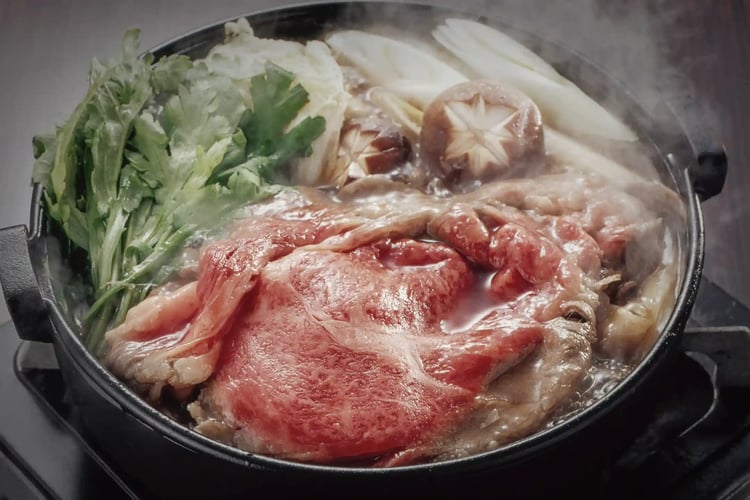
Hands-on Programs Unique to the Region
Ranch Visits and Guided Tours
Visiting the home of Matsusaka Beef to see how it’s raised is a rare, only-in-Matsusaka opportunity. Guided by experts—often the producers themselves—you’ll learn up close how Japan’s most luxurious Wagyu is cared for.
Only virgin female Japanese Black that enter the Matsusaka area before 12 months of age and are raised there the longest can be certified (*1). Farmers give each animal a name and patiently raise her for about three years; pedigree and individual data are strictly managed by the Matsusaka Beef Individual Identification System (*1).
Guides also explain unique husbandry techniques that elevate meat quality: offering beer in summer to maintain appetite; daily brushing to promote blood flow (*2). Barns are kept immaculate; in summer, large fans and mist keep things cool, while windbreaks keep barns warm in winter (*2).
Some farms even play classical music to relax the cattle—every detail is tuned to prevent stress (*2). Meeting these animals and hearing such stories deepens your appreciation for the passion behind the brand.
Architectural Walks and Museums in Matsusaka City
Matsusaka prospered as a “town of great merchants” in the Edo era, and many historic buildings and cultural facilities remain. Strolling the city, you can savor Meiji–Showa architectural charm and visit museums that illuminate local heritage.
A standout is the Former Residence of the Hasegawa Jirobee Family. Expanded from the mid-Edo to early Showa periods, the vast compound includes the main house and five storehouses and is designated as an Important Cultural Property of Japan (*3). Open to the public since 2019, it offers an immersive look at the prosperity of Ise merchants and the lifestyle of great merchants.
Also unmissable is the Matsusaka City Museum of History and Folklore on the Matsusaka Castle Ruins. The Western-style building (completed in 1911 as the former library) and its warehouse are Registered Tangible Cultural Properties of Japan. Exhibits include merchant culture—Matsusaka cotton and Ise face powder—on the first floor, and a memorial corner for film director Ozu Yasujirō on the second (*4).
As you wander old streets and visit these cultural sites, you’ll feel the historical depth of Matsusaka—the homeland of Matsusaka Beef.
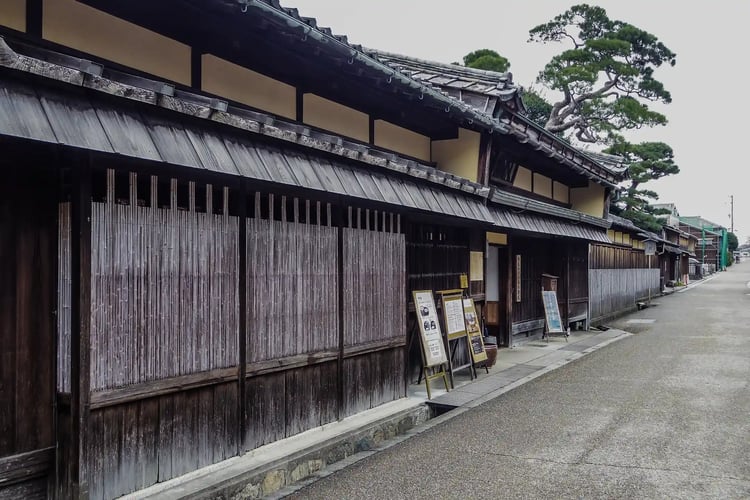
A Practical Guide to Enjoying Matsusaka Beef to the Full
Recommended Restaurants and Booking Tips
If you want to experience Matsusaka at its best, reserve a table at a top specialist in the region. The two titans are the long-established WADAKIN and GYUGIN Honten.
GYUGIN Honten, a sukiyaki icon founded in the Meiji era, still occupies its atmospheric wooden building from its beef-hotpot days—and it even earned a COOL JAPAN AWARD in 2019 (*1). Its signature sukiyaki is simplicity itself: thick slices seared one by one in an iron pan, seasoned only with soy sauce and sugar—letting Matsusaka’s natural sweetness shine.
WADAKIN, established in 1878, upholds the family creed: “Serve only the best beef.” Its traditional sukiyaki uses a heavy Nambu iron pot and a distinctive slow-searing method (*2). In tatami private rooms, an attendant prepares each course at your table—elevating the experience.
Both are popular, so book in advance. WADAKIN recommends reservations for two or more people at least three days ahead (*3). GYUGIN Honten has limited seating, so early booking is wise. WADAKIN’s official website offers English guidance and menus to welcome international guests (*4). If phone calls feel daunting, ask your hotel concierge to reserve or use the official inquiry form. Note that cancellation fees may apply for last-minute changes, so keep your itinerary tight.
Summary
Matsusaka Beef stands apart with its intricate marbling and profound umami. Behind it lies the mastery of producers who lovingly raise superior calves from Hyogo in the Matsusaka region for long periods, tending carefully to every detail.
Evolving while honoring tradition, Matsusaka’s flavor is sublime across preparations—from sukiyaki and steak to delicately crafted chef’s creations.
In Matsusaka, you can also enrich your experience with ranch visits and tours of historic architecture—connecting with regional culture and people. Savoring Matsusaka Beef is far more than a meal: it’s a multi-sensory encounter with the land’s history, culture, passion, and craftsmanship.
When you’re ready to indulge your curiosity and senses, come taste it where it was born.
Author Bio
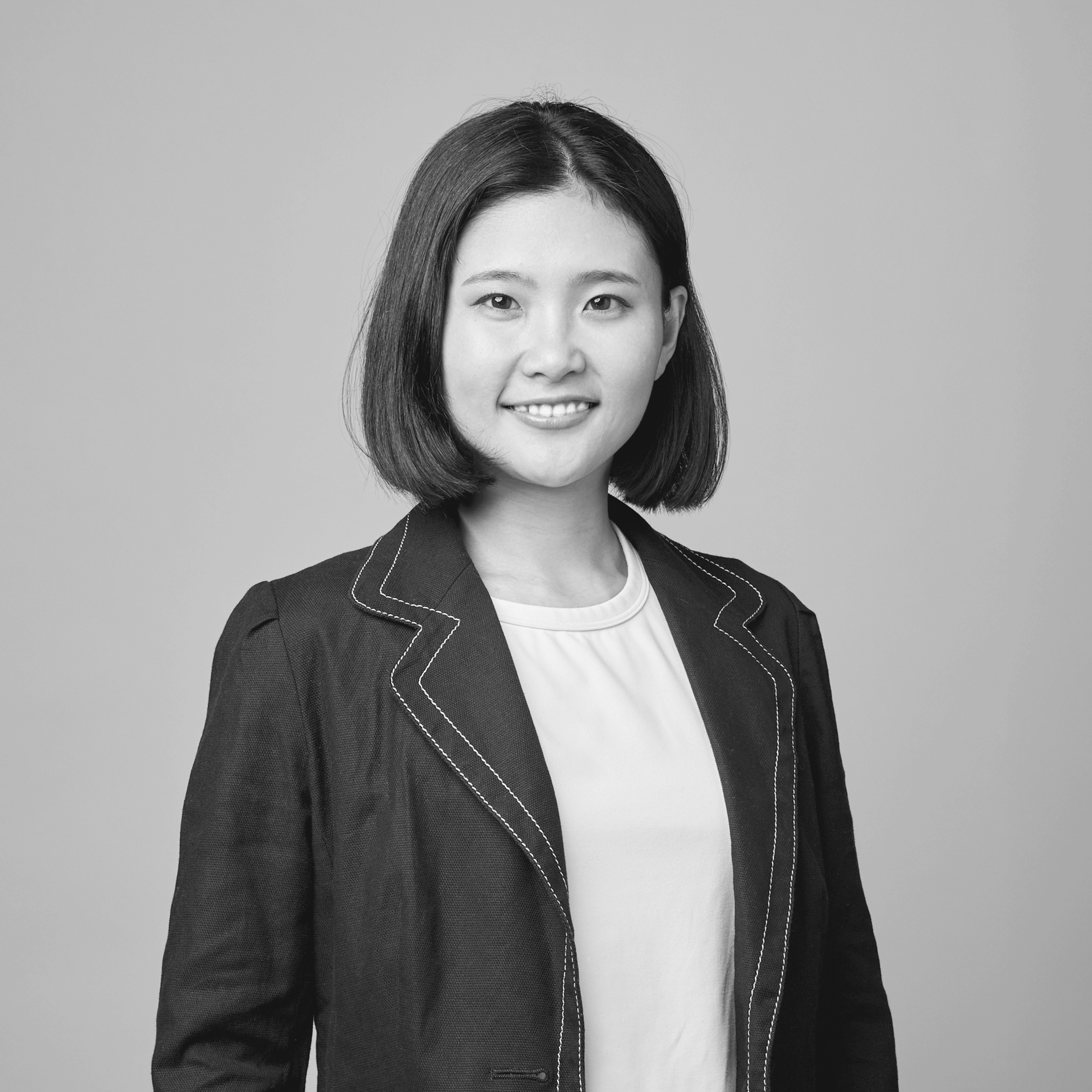
Experienced in B2B SaaS marketing and “omotenashi,” Natsumi directs media operations with a focus on hospitality and cultural storytelling. Her global experience and marketing skills bring fresh value to Bespoke Discovery’s content.


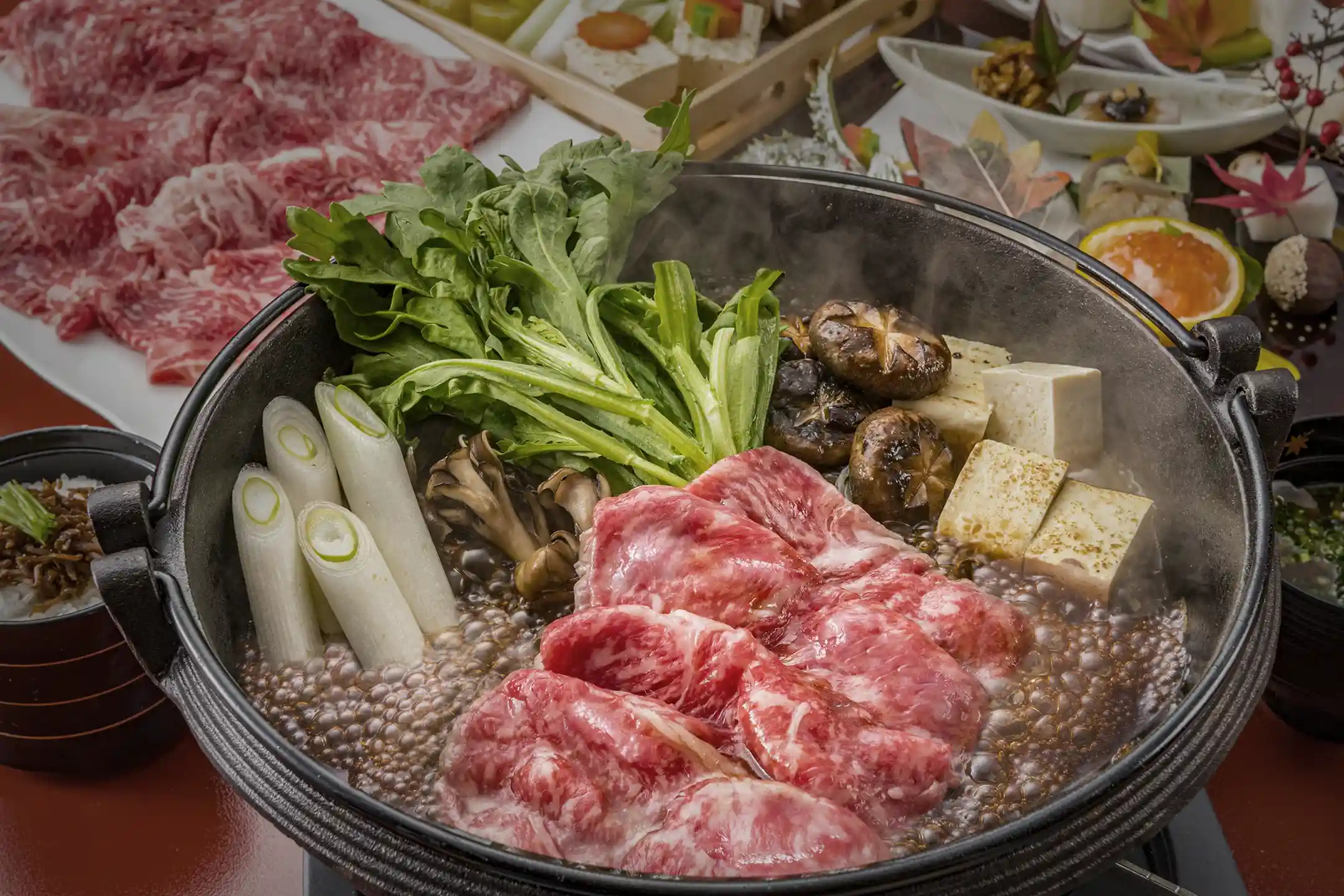
/Kazunoko%20Matsumae-zuke%20(Herring%20Roe%20and%20Seafood%20Pickles).webp)
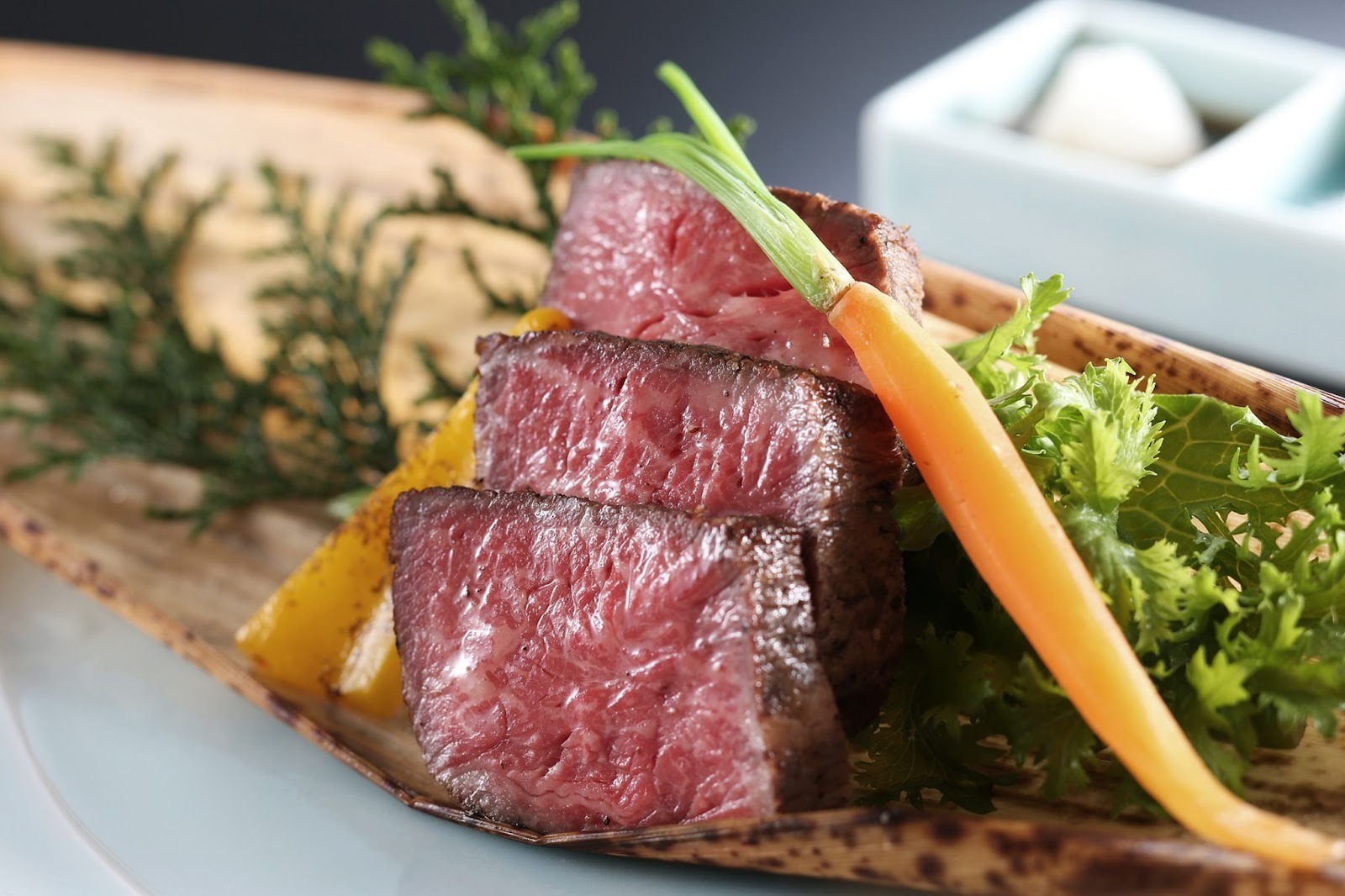
.webp)